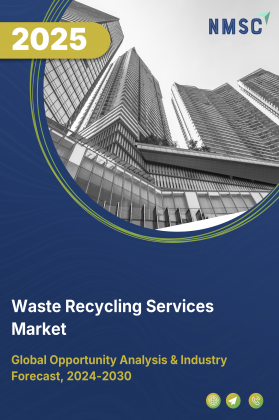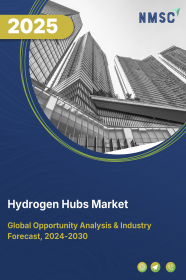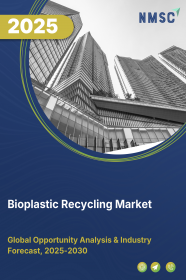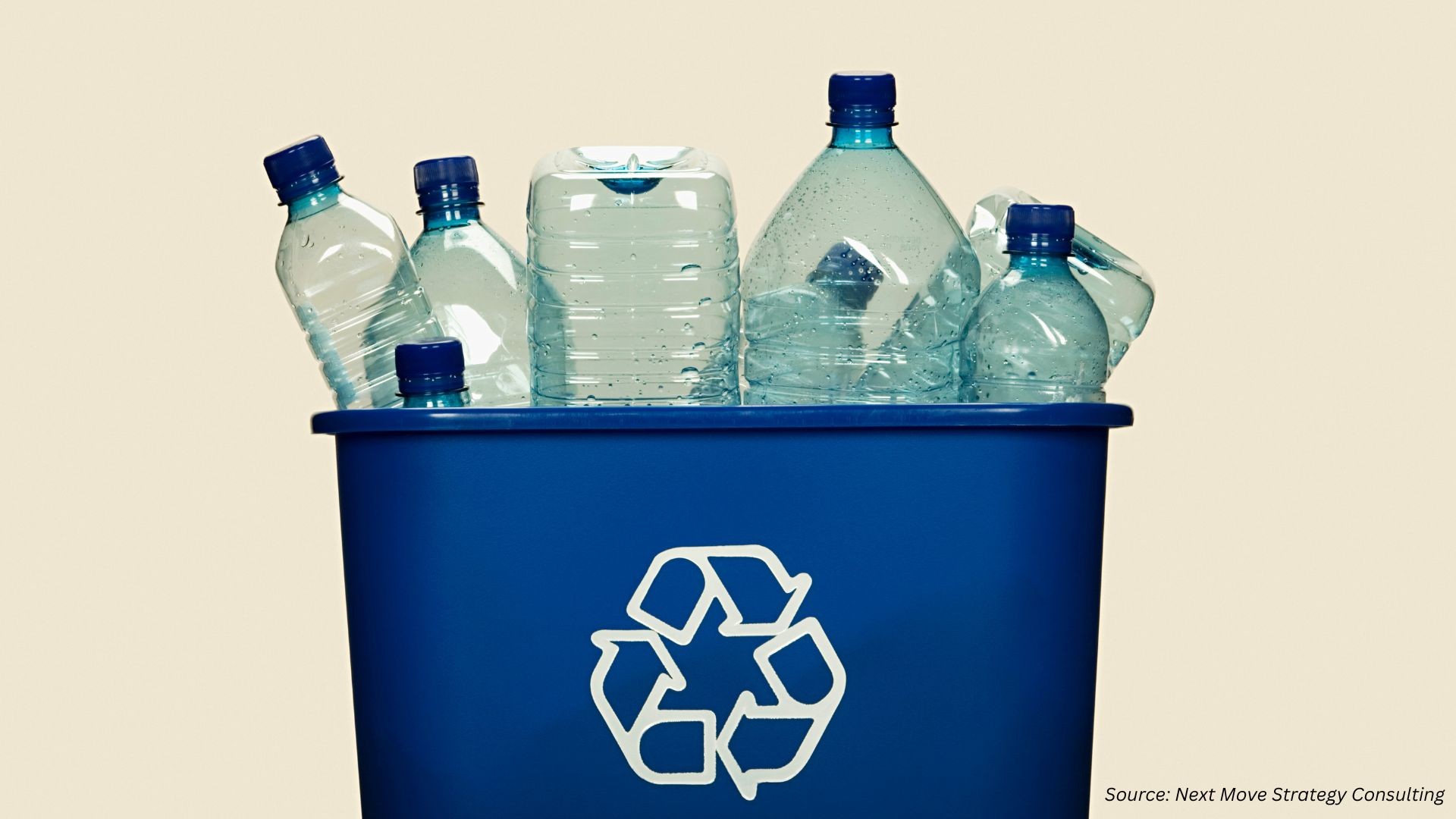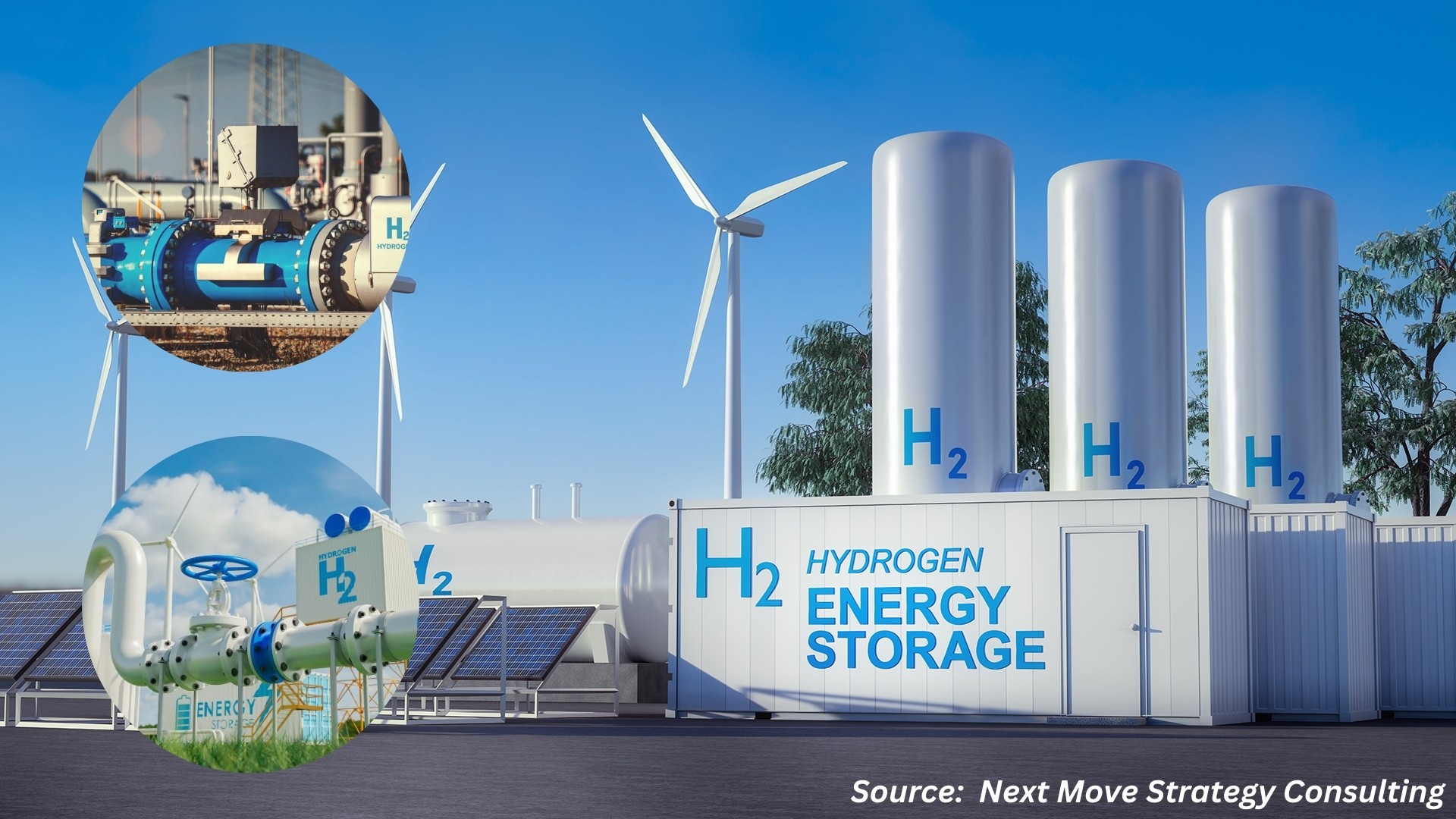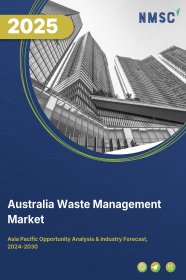
Australia Waste Management Market by Waste Type (Hazardous Waste, and Non-Hazardous Waste), by Service (Collection, and Disposal), and by Source (Residential or Municipal Waste, Commercial Waste, and Industrial Waste) – Opportunity Analysis and Industry Forecast, 2024–2030
Industry: Energy & Power | Publish Date: 15-Oct-2025 | No of Pages: 137 | No. of Tables: 166 | No. of Figures: 111 | Format: PDF | Report Code : EP1252
Australia Waste Management Market Overview
The Australia Waste Management Market size was valued at USD 37.27 billion in 2023, and is predicted to reach USD 85.23 billion by 2030, at a CAGR of 11.40% from 2024 to 2030.
Waste management involves a wide range of services and activities aimed at managing and mitigating the impact of waste generated by various sectors including residential, commercial, industrial, and healthcare. It includes the collection, transportation, processing, recycling, and disposal of waste materials in a manner that is environmentally responsible and sustainable.
The market for waste treatment also involves the development and implementation of technologies and practices that promote waste reduction, resource recovery, and the safe handling of hazardous materials.
Key components of the waste processing include waste collection services, recycling facilities, waste-to-energy plants, landfill operations, and environmental consulting services. As awareness of environmental issues grows, the Australia waste management market continues to expand, driven by growing population, technological advancements, and increasing public demand for sustainable waste solutions.
Growing Urban Population Necessitates the Need for Effective Waste Management Solutions
Australia’s increasing urbanization is a key driver of growth in the waste management market. As more people settle in cities, the volume and complexity of waste generated from residential, commercial, and industrial sectors rise significantly. Urban areas produce a diverse mix of waste, including household, packaging, and construction materials, which require efficient collection, recycling, and disposal systems. According to the Australian Bureau of Statistics, approximately 86% of Australia’s population lived in urban areas as of 2023, with steady population growth fueling higher waste generation. This expanding urban waste stream calls for enhanced infrastructure such as centralized waste sorting facilities, advanced recycling programs, and smart waste collection solutions to manage demand sustainably. Urbanization also promotes the adoption of innovative technologies aimed at optimizing waste processing and minimizing environmental impact in densely populated regions.
Rising Recycling Rates in Australia Fuel the Demand for Waste Management Solutions
Australia’s strong emphasis on recycling, driven by national sustainability goals, is a significant factor fueling demand for advanced waste management solutions. The country’s commitment to circular economy principles is reflected in policies like the National Waste Policy Action Plan which targets an 80% resource recovery rate by 2030. According to recent government data, Australia’s overall resource recovery rate reached around 60% in 2022–23, with ongoing investments in recycling infrastructure, including automated sorting facilities and specialized processing for plastics, metals, and organics. These efforts aim to reduce landfill dependence and maximize material recovery. The government’s push for extended producer responsibility schemes and product stewardship programs further accelerates the adoption of innovative recycling technologies and supports sustainable waste management practices across residential and industrial sectors.
Rapidly Growing Industrial and Commercial Sector Fuels the Demand for Waste Management Solutions
The growth of industrial and commercial sectors in Global has led to increased waste generation, requiring tailored waste management solutions. Industries such as manufacturing, retail, and hospitality produce significant volumes of waste, including hazardous and non-hazardous materials. As per United Nations Environment Programme, the hazardous waste generated per capita in Global accounts for almost 235.01 Kg in the year of 2020. This rate is further expected to increase as businesses are increasingly investing in efficient waste management practices, such as recycling, resource recovery, and waste-to-energy conversion. This demand for sector-specific waste management services is a key driver of market growth, fostering innovation and the expansion of specialized waste handling and disposal infrastructure.
Stringent Government Regulations Towards Waste Management Hinder Market Growth
Australia’s waste management industry operates under a comprehensive and evolving regulatory framework at both national and state levels. Key regulations include the National Waste Policy, state waste levies, the Product Stewardship Act, and bans on waste exports. Compliance with these regulations—covering waste segregation, recycling targets, hazardous waste handling, and landfill restrictions—can be complex and resource-intensive for operators. The increasing regulatory burden often leads to higher operational costs, administrative challenges, and delays in deploying new waste processing systems, which may constrain market growth and slow innovation adoption.
Adoption of Waste-to-Energy Technologies Creates Future Growth Opportunities in the Market
The growing adoption of waste-to-energy (WTE) technologies, including incineration, anaerobic digestion, and gasification, presents significant growth opportunities for Australia’s waste management sector. These technologies convert non-recyclable waste into usable energy, reducing landfill reliance and supporting national renewable energy targets. WTE solutions align with Australia’s circular economy goals by turning waste into a valuable resource, thereby promoting environmental sustainability and economic benefits.
Competitive Landscape
The promising players operating in the Australia waste management industry includes Cleanaway Waste Management, Suez Australia, Visy Industries, Veolia Australia, Remondis Australia Pty Ltd., Bingo Industries Limited, Waster, Solo Resource Recovery, Close the Loop, Goterra, Blue Phoenix Australia, Sims Metal Management (Sims Limited), Re.Group, Eco Waste Solutions, and others.
Australia Waste Management Market Key Segments
By Waste Type
-
Hazardous Waste
-
Solid Waste
-
Liquid Waste
-
Gaseous Waste
-
-
Non-Hazardous Waste
-
Food
-
Paper and Cardboard
-
Plastic
-
Glass
-
Metal
-
Water
-
E-Waste
-
Others
-
By Service
-
Collection
-
Collection and Transportation
-
Storage and Handling
-
Sorting
-
-
Disposal
-
Open Dumping
-
Incineration/Combustion
-
Landfills
-
Recycling
-
Composting and Anaerobic Digestion
-
By Source
-
Residential or Municipal Waste
-
Commercial Waste
-
Offices and Retail Stores
-
Hospitals
-
Restaurants
-
Other Commercial Sources
-
-
Industrial Waste
-
Manufacturing Waste
-
Construction, Renovation, and Demolition Waste
-
Agriculture Waste
-
Medical Waste
-
Other Industrial Sources
-
Key Players
-
Cleanaway Waste Management
-
Suez Australia
-
Visy Industries
-
Veolia Australia
-
Remondis Australia Pty Ltd.
-
Bingo Industries Limited
-
Waster
-
Solo Resource Recovery
-
Close the Loop
-
Goterra
-
Blue Phoenix Australia
-
Sims Metal Management (Sims Limited)
-
Re.Group
-
Eco Waste Solutions
Report Scope and Segmentation
|
Parameters |
Details |
|
Market Size Value in 2023 |
USD 37.27 billion |
|
Revenue Forecast in 2030 |
USD 85.23 billion |
|
Value Growth Rate |
CAGR of 11.40% from 2024 to 2030 |
|
Analysis Period |
2023–2030 |
|
Base Year Considered |
2023 |
|
Forecast Period |
2024–2030 |
|
Market Size Estimation |
Billion (USD) |
|
Growth Factors |
|
|
Companies Profiled |
15 |
|
Customization Scope |
Free customization (equivalent up to 80 working hours of analysts) after purchase. Addition or alteration to country, regional, and segment scope. |
|
Pricing and Purchase Options |
Avail customized purchase options to meet your exact research needs. |





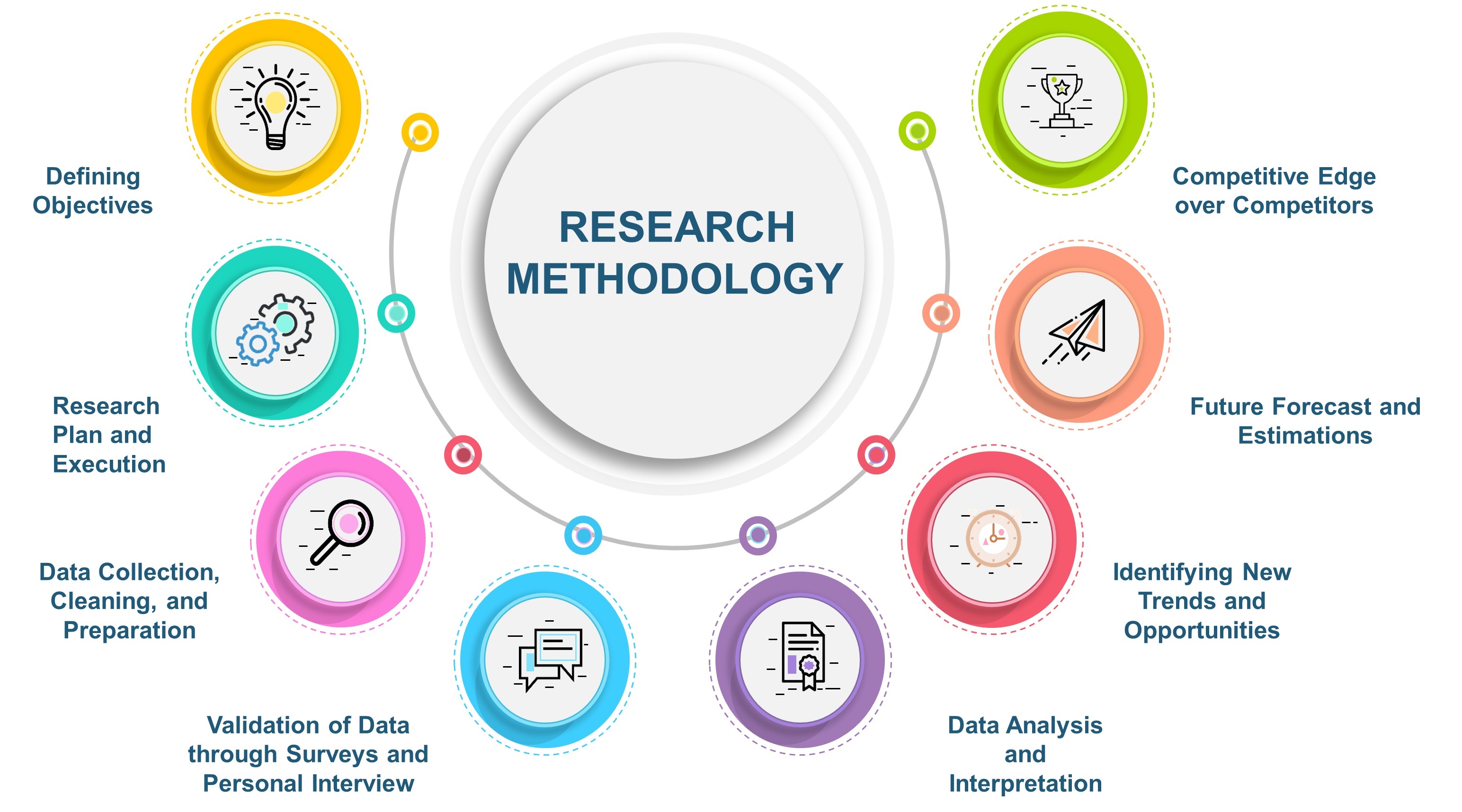
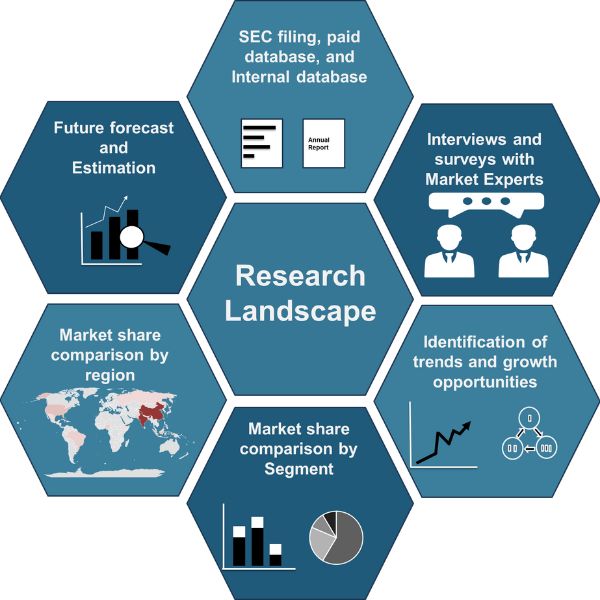
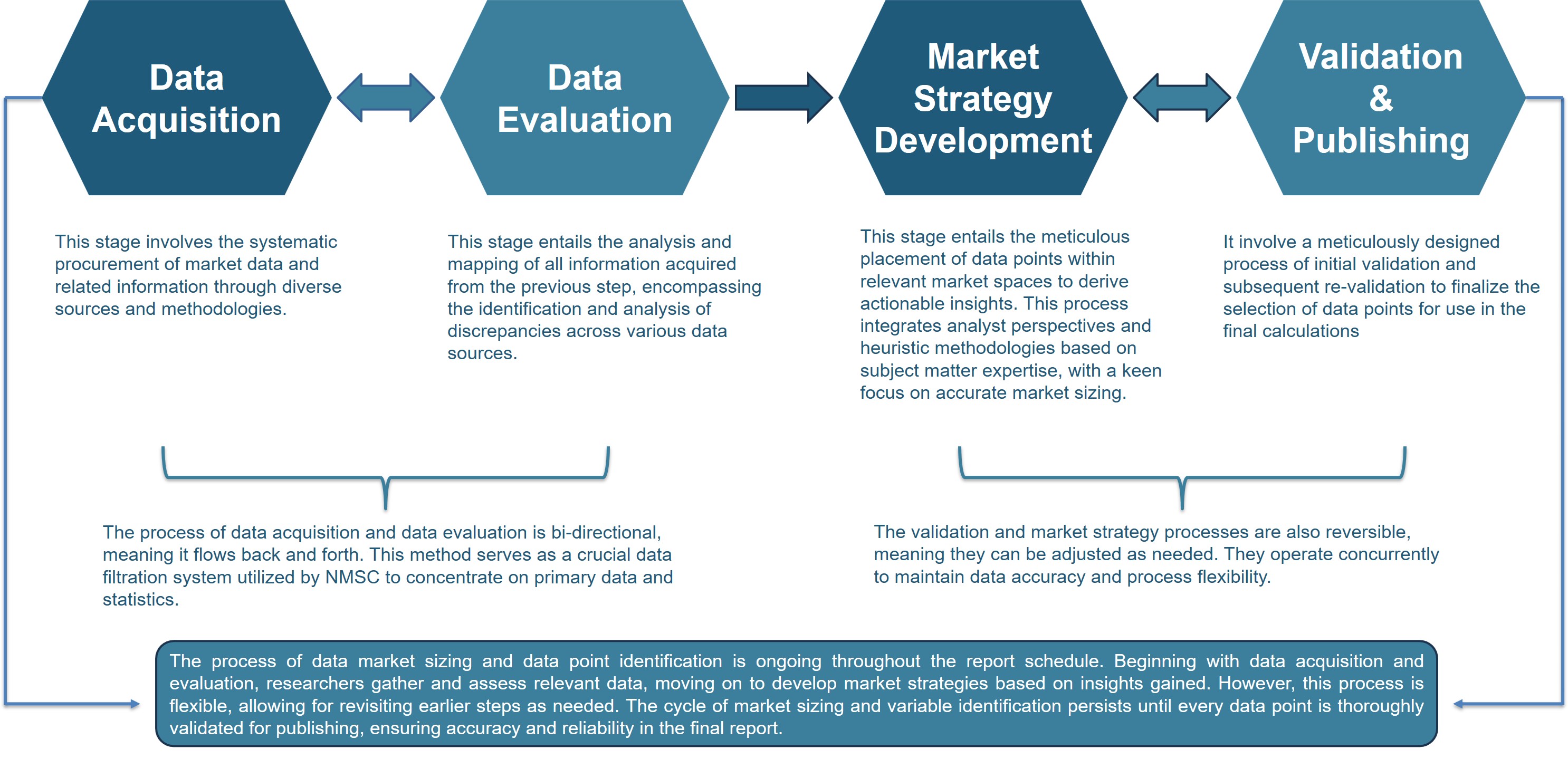




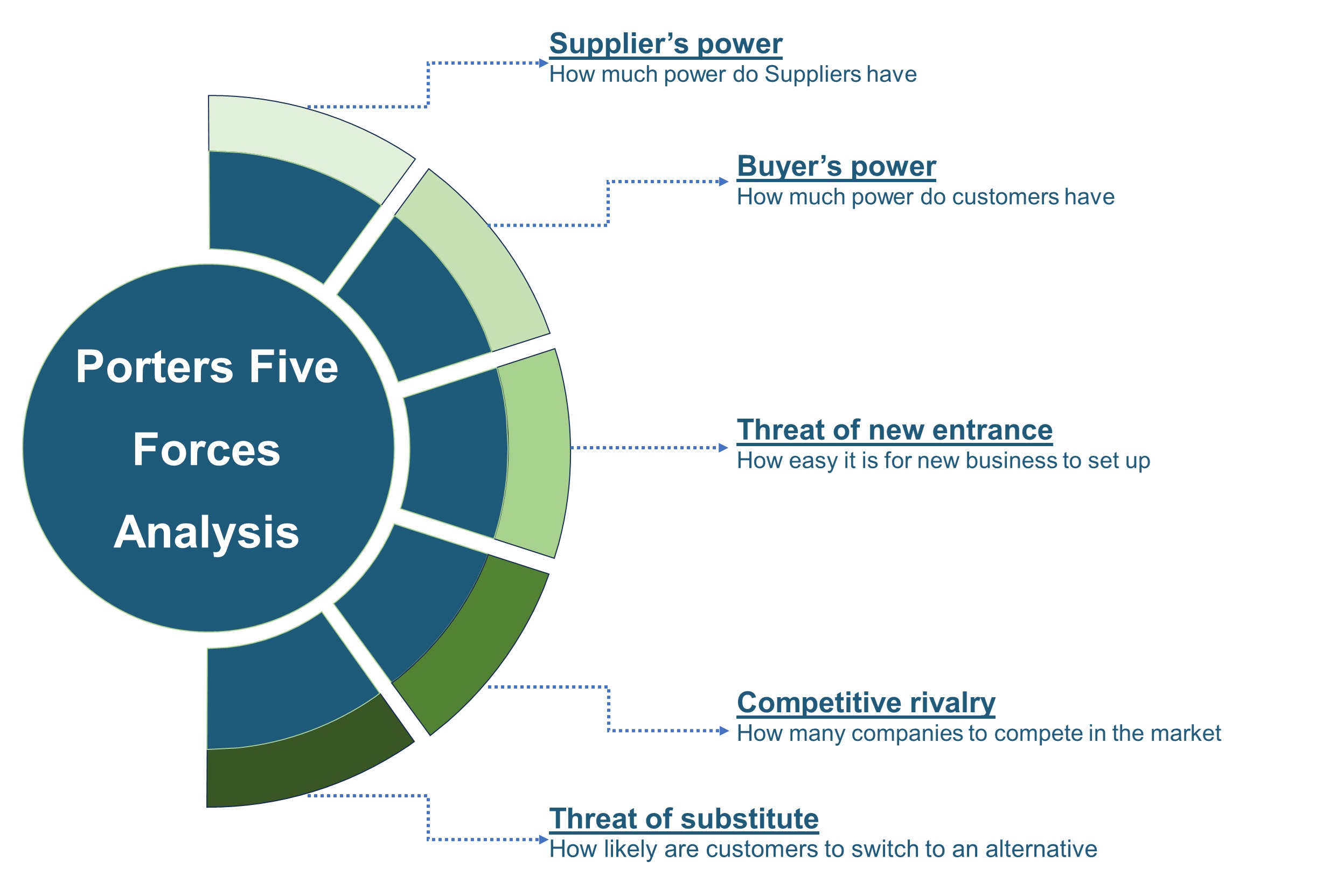







 Speak to Our Analyst
Speak to Our Analyst



